Forest Management and Water Resources
- August 7, 2024
- 0 comment
Forest management plays a crucial role in the conservation and sustainability of water resources, highlighting the intricate connection between forests and the hydrological cycle. Forests contribute significantly to the water cycle through processes such as transpiration and evapotranspiration, which help regulate local and regional climates. Proper forest management practices, including sustainable logging and the maintenance of riparian buffer zones, are essential for protecting water quality and ensuring the health of watersheds.
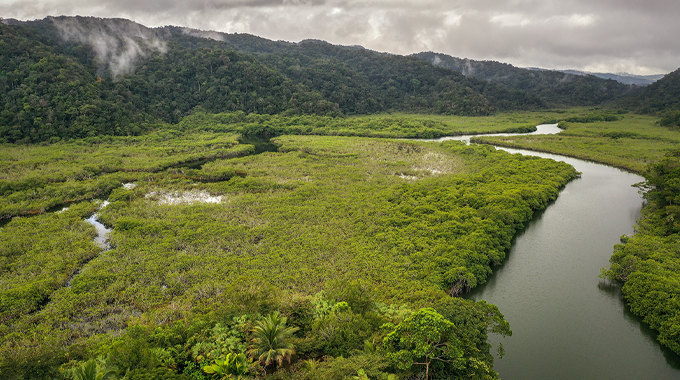
These practices mitigate erosion, reduce sedimentation, and maintain streamflow, thus preserving aquatic ecosystems and preventing water pollution. Conversely, deforestation can have severe negative impacts on water resources, leading to increased erosion, altered streamflow patterns, and degraded water quality. As climate change continues to affect global water availability, adaptive forest management strategies become increasingly important. Effective policies and regulations, supported by both government and non-government organizations, are vital for promoting sustainable forest management practices that prioritize water resource conservation. Overall, integrating water resource considerations into forest management is essential for maintaining ecosystem balance and ensuring the availability of clean water for future generations.
List of Forest Management and Water Resources
- The Role of Forests in the Water Cycle
- Forest Management Practices for Water Resource Protection
- Effects of Deforestation on Water Resources
- Policy and Regulation
- Climate Change and Its Impacts on Forest-Water Dynamics
- FAQs
The Role of Forests in the Water Cycle
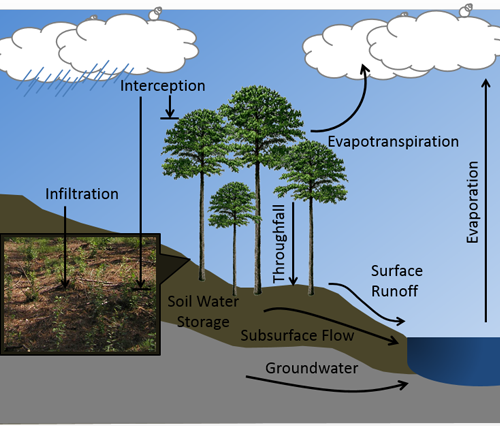
Transpiration and Evapotranspiration
Forests play a crucial role in the water cycle through the processes of transpiration and evapotranspiration. Transpiration is the release of water vapor from plant leaves, while evapotranspiration includes both transpiration and evaporation from soil and other surfaces. These processes contribute significantly to the atmospheric moisture and help regulate local and regional climates. The continuous cycle of water moving through plants and into the atmosphere is essential for maintaining ecological balance and supporting diverse plant and animal life.
Infiltration and Groundwater Recharge
Forests enhance the infiltration of rainwater into the soil, which is crucial for recharging groundwater aquifers. The root systems of trees and plants create channels in the soil, facilitating the movement of water down into the ground. This process helps to maintain the water table and ensure a steady supply of groundwater for ecosystems and human use. Without forests, the infiltration rate would decrease, leading to lower groundwater levels and reduced availability of fresh water.
Impact on Local and Regional Climate
Forests influence local and regional climates by moderating temperatures and increasing humidity levels through transpiration and evapotranspiration. The presence of forests can create microclimates that are cooler and more humid than surrounding areas, providing essential habitats for many species. Additionally, forests play a role in the global carbon cycle by sequestering carbon dioxide, thus helping to mitigate climate change. The loss of forests can lead to significant climatic changes, affecting weather patterns and water availability.
Forest Management Practices for Water Resource Protection

Sustainable Logging and Its Effects on Watersheds
Sustainable logging practices are essential for maintaining the health of watersheds. These practices include selective logging, which reduces the impact on the forest canopy and soil, and clear-cutting in a manner that minimizes erosion and maintains biodiversity. By carefully managing the removal of trees, forest managers can ensure that water quality and watershed stability are preserved, preventing the negative effects of unchecked logging activities.
Best Management Practices (BMPs) for Protecting Water Quality
Best Management Practices (BMPs) are guidelines and techniques designed to protect water quality during forestry operations. BMPs include measures such as controlling runoff, minimizing soil disturbance, and maintaining vegetation buffers along waterways. Implementing BMPs helps to reduce the introduction of sediments, nutrients, and pollutants into water bodies, thus safeguarding aquatic ecosystems and ensuring the availability of clean water for human use.
Riparian Buffer Zones: Design and Maintenance
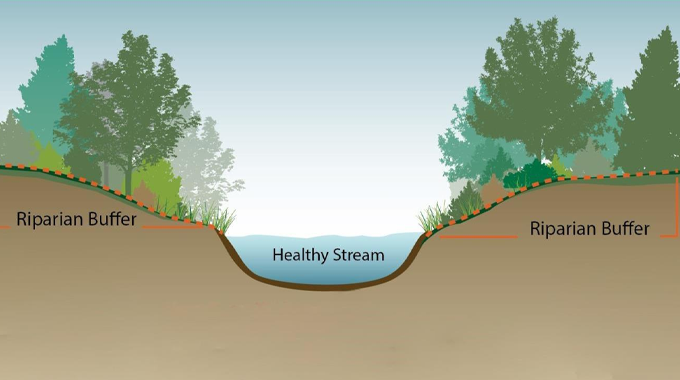
Riparian buffer zones are areas of vegetation located along the banks of rivers, streams, and other water bodies. These buffers act as natural filters, trapping sediments and pollutants before they reach the water. The design and maintenance of riparian buffer zones are critical for protecting water quality and stabilizing stream banks. Properly managed buffers can also provide habitat for wildlife and enhance the aesthetic and recreational value of waterways.
Effects of Deforestation on Water Resources
Increased Erosion and Sedimentation
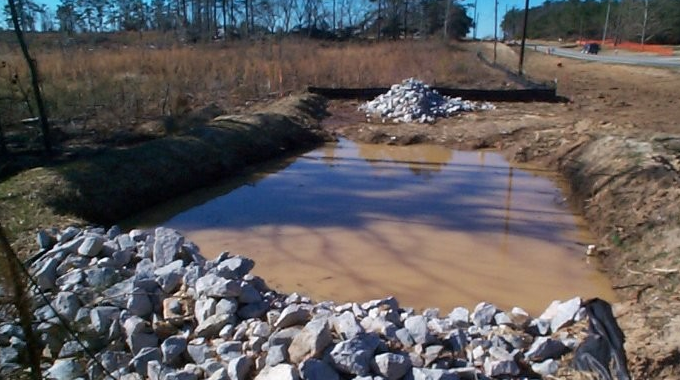
Deforestation leads to increased erosion and sedimentation, as the removal of trees and vegetation exposes the soil to the elements. Without the protective cover of plants, soil is more easily washed away by rain, leading to sediment buildup in rivers and streams. This sedimentation can reduce water quality, harm aquatic habitats, and increase the risk of flooding.
Changes in Streamflow and Flood Risks
The loss of forests can alter natural streamflow patterns, increasing the frequency and intensity of floods. Forests act as natural sponges, absorbing and slowly releasing water. When forests are removed, the immediate runoff of rainwater increases, leading to higher peak flows in rivers and streams. This can overwhelm natural and man-made flood control systems, resulting in more frequent and severe flooding events.
Impacts on Water Quality and Aquatic Ecosystems
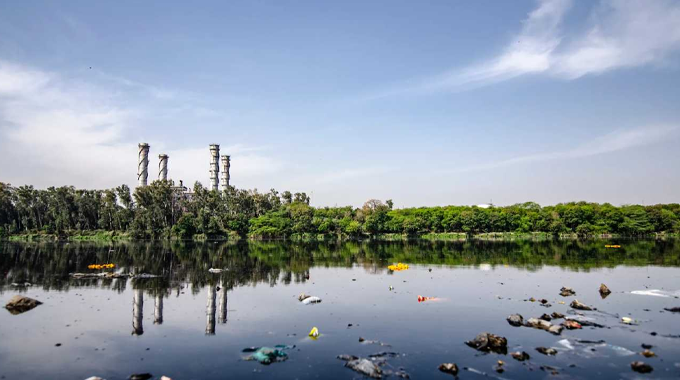
Deforestation can significantly degrade water quality by increasing the levels of sediments, nutrients, and pollutants in water bodies. This degradation can harm aquatic ecosystems, reducing biodiversity and disrupting the balance of aquatic life. The loss of forests can also lead to higher water temperatures, which can further stress aquatic organisms and decrease the overall health of water bodies.
Policy and Regulation
Overview of Policies Supporting Forest-Water Management
Effective policies and regulations are essential for promoting sustainable forest management practices that protect water resources. This section will provide an overview of key policies and regulatory frameworks at local, national, and international levels. These policies often include requirements for BMPs, conservation easements, and incentives for sustainable practices.
Role of Government and Non-Government Organizations
Both government and non-government organizations play crucial roles in forest water management. Government agencies are responsible for enforcing regulations, providing funding for conservation projects, and conducting research. Non-government organizations, including environmental groups and community organizations, often engage in advocacy, education, and on-the-ground conservation efforts. Collaboration between these entities is vital for effective forest-water management.
Climate Change and Its Impacts on Forest-Water Dynamics

Predicted Changes in Water Availability Due to Climate Change
Climate change is expected to have significant impacts on water availability, with many regions experiencing altered precipitation patterns, increased droughts, and more frequent extreme weather events. These changes will affect forest ecosystems and the hydrological cycle, making adaptive management strategies essential for maintaining water resources.
Adaptive Forest Management Strategies for Water Conservation
Adaptive management strategies are designed to respond to the uncertainties and challenges posed by climate change. These strategies may include diversifying tree species to increase resilience, enhancing soil and water conservation practices, and implementing more flexible and responsive management plans. By adopting adaptive strategies, forest managers can better protect water resources in a changing climate.
Frequently Asked Questions (FAQs)
1. Why is forest management important for water resources?
Forest management is crucial for water resources because forests play a significant role in the water cycle. They help in regulating the flow of water, filtering pollutants, and maintaining water quality. Proper forest management practices ensure the sustainability and health of watersheds, which are vital for both ecological balance and human water supply.
2. How do forests affect the water cycle?
Forests impact the water cycle through processes like transpiration and evapotranspiration, which contribute to atmospheric moisture. Forests also enhance water infiltration into the soil, aiding in groundwater recharge. Additionally, they help moderate local and regional climates, influencing precipitation patterns and temperatures.
3. What are some sustainable forest management practices for protecting water resources?
Sustainable practices include selective logging, maintaining riparian buffer zones, and implementing Best Management Practices (BMPs) such as controlling runoff and minimizing soil disturbance. These measures help protect water quality, reduce erosion, and stabilize stream banks.
4. What is the impact of deforestation on water resources?
Deforestation can lead to increased erosion and sedimentation, changes in streamflow patterns, higher flood risks, and degraded water quality. The loss of tree cover disrupts the natural regulation of water, leading to negative impacts on aquatic ecosystems and human water supply.
5. How can riparian buffer zones protect water resources?
Riparian buffer zones, which are areas of vegetation near water bodies, act as natural filters by trapping sediments and pollutants. They help stabilize stream banks, reduce erosion, and provide habitat for wildlife. Properly designed and maintained buffer zones are essential for maintaining water quality and ecosystem health.
6. What role do government and non-government organizations play in forest-water management?
Government agencies enforce regulations, fund conservation projects, and conduct research to support forest-water management. Non-government organizations engage in advocacy, education, and on-the-ground conservation efforts. Collaboration between these entities is crucial for effective and sustainable management.
7. How does climate change affect forest-water dynamics?
Climate change can alter precipitation patterns, increase the frequency of extreme weather events, and lead to more frequent droughts. These changes impact forest ecosystems and water availability. Adaptive forest management strategies are needed to respond to these challenges and protect water resources.
8. What are some adaptive management strategies for conserving water resources in forests?
Adaptive strategies may include diversifying tree species to enhance resilience, improving soil and water conservation practices, and implementing flexible management plans that can respond to changing conditions. These approaches help maintain the health of forest ecosystems and the availability of water resources.
9. Are there any successful case studies of forest management for water resource conservation?
Yes, there are numerous successful case studies where sustainable forest management practices have led to improved water quality and watershed health. These projects often incorporate elements like sustainable logging, BMPs, and riparian buffer zones, demonstrating the effectiveness of integrated management approaches.
10. What can individuals do to support forest-water conservation?
Individuals can support conservation efforts by participating in local tree planting and restoration projects, advocating for sustainable forest management policies, reducing their water usage, and educating others about the importance of forests in maintaining water resources. Engaging in community and volunteer activities focused on conservation can also make a significant impact.

Gilbert Griffin
Forestry AuthorGilbert Griffin is a forest management expert specializing in sustainable practices, forest health, conservation, and land management. With extensive knowledge in pest control, disease management, and habitat restoration, Gilbert develops strategies to preserve forest ecosystems and biodiversity. Passionate about the natural world, Gilbert adapts to changes in forest management and stays updated through continuous learning. Gilbert also provides seasonal advice to optimize forest care throughout the year.

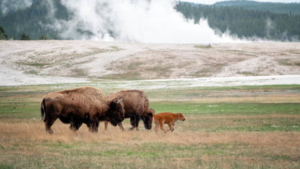




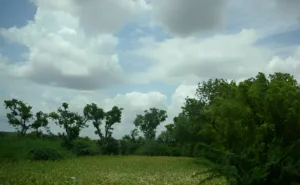
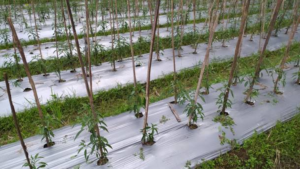
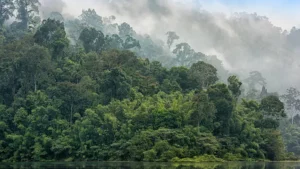

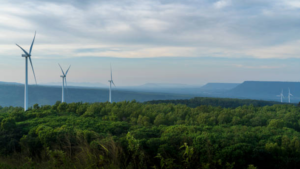

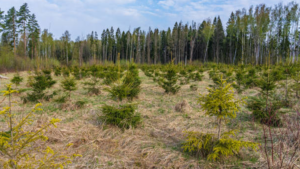
Leave your comment